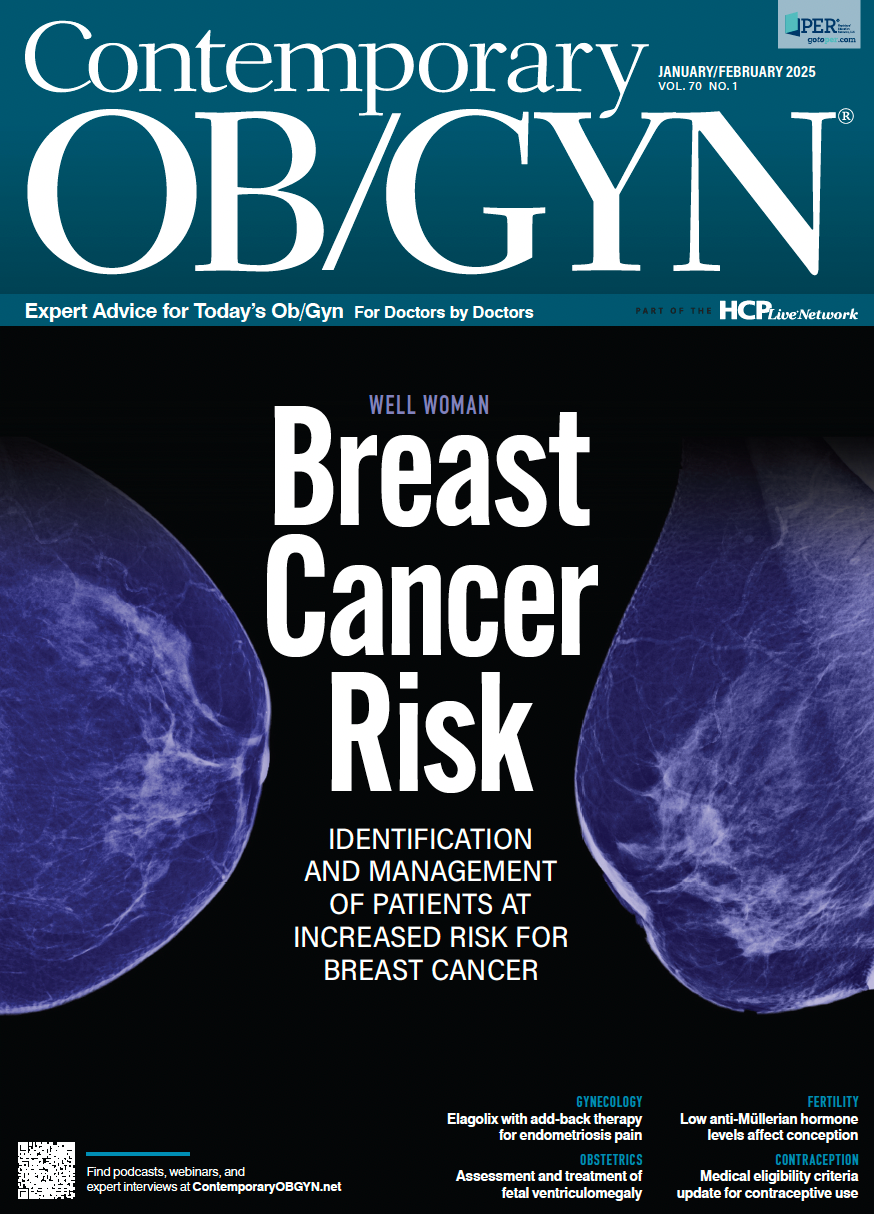Low antimüllerian hormone levels linked to reduced odds of conception
In a recent study, patients of all age categories were less likely to conceive if they had low antimüllerian hormone levels, highlighting its potential in reproductive counseling.
Low antimüllerian hormone levels linked to reduced odds of conception | Image Credit: © Monkey Business - © Monkey Business - stock.adobe.com.

The odds of conception are reduced by low antimüllerian hormone (AMH) levels, according to a recent study published in Fertility and Sterility.1
Over time, trends have shifted to delayed childbearing in the United States, leading many individuals to seek information about their personal fertility window. AMH has been recognized as the best available biomarker of ovarian reserve because of associations with primordial follicle counts, treatment outcomes, and time to menopause.
Currently, there is not enough evidence to determine whether AMH levels can be used when counseling patients with untested fertility. While a positive association has been reported from some research, other studies have indicated no effect.2
Investigators conducted a study to further evaluate the impact of AMH levels on fertility.1 Modern Fertility customers aged 21 to 45 years submitting a blood sample between August 2018 and March 2023 were included in the analysis. Blood collection was performed using an at-home collection kit or Quest blood draw.
Eligibility criteria included tracking cycles in the Modern Fertility app, trying to conceive, and reporting when conception attempts began through an app or digital questionnaire. Blood samples had to be collected no later than 3 months after the start of conception attempts.
Exclusion criteria included a history of certain gonadal disorders and dysfunctions or premature ovarian insufficiency diagnoses. The digital questionnaire was used to collect baseline data such as weight, height, race and ethnicity, smoking status, use of assistance during conception attempts, and prior pregnancies.
Comprehensive analyses were performed for the cycle tracking data using left and right censoring techniques. AMH measurements were completed in blood samples collected by participants on day 3 of their menstrual cycle.
There were 3150 participants aged a median 31.5 years and with median AMH levels of 2.71 ng/mL included in the analysis, 42.1% of whom achieved pregnancy during follow-up. Pregnancy was more common in women who were younger, with higher AMH values, slightly lower body mass index (BMI), and no polycystic ovary syndrome diagnosis.
Increasing maternal age and BMI was associated with reduced odds of conception. When determining the odds based on AMH, low AMH levels were linked to a lower chance compared to normal AMH levels, with an adjusted odds ratio (aHR) of 0.77. No differences were reported between normal and high AMH levels.
In all AMH categories, individuals were less likely to achieve conception as they aged. Additionally, in each age category, the odds of conception were higher as AMH levels increased. The exception to this was among patients aged under 30 years, where the greatest odds were in those with normal AMH levels.
Conception was most likely in cycle 4 in all AMH categories. Probabilities for conception at cycle 4 were 11.2%, 14.3%, and 15.7% among patients with low, normal, and high AMH levels, respectively. The association between low AMH levels and reduced conception probability was reported in all cycles.
These results indicated an association between a low AMH level and reduced odds of conception at all ages. Investigators concluded this data can be used to help women plan their reproductive timeline.
References
- Nelson SM, Shaw M, Ewing BJ, McLean K, Vechery A, Briggs SF. Antimüllerian hormone levels are associated with time to pregnancy in a cohort study of 3,150 women. Fertility and Sterility. 2024;122(6):1114-1123. doi:10.1016/j.fertnstert.2024.06.024
- Somigliana E, Lattuada D, Colciaghi B, et al. Serum anti-Müllerian hormone in subfertile women. Acta Obstet Gynecol Scand. 2015;94(12):1307-12. doi:10.1111/aogs.12761

